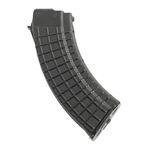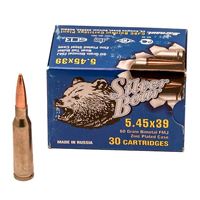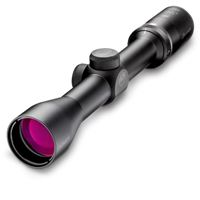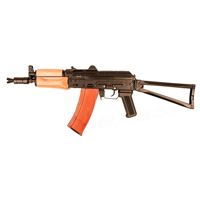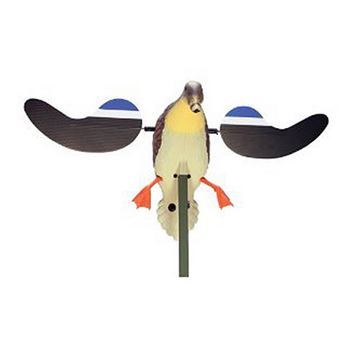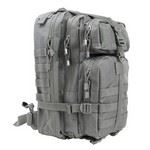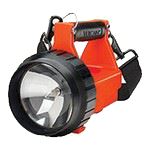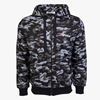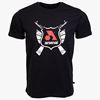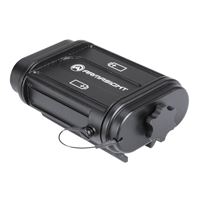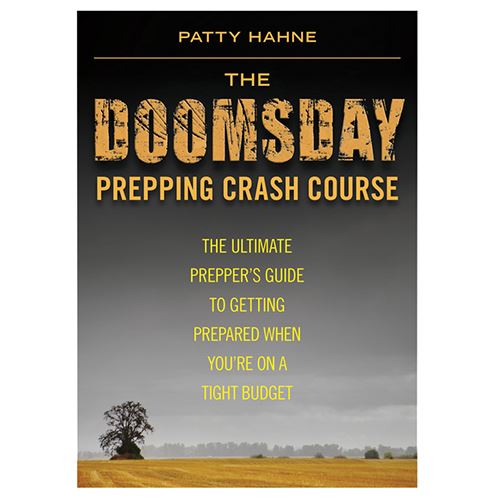One of the most poorly understood elements of handgun control is how to properly grip your pistol. This is evidenced by the number of people struggling to find a consistent, accuracy enhancing grip. There are varying opinions on how much effort, or gripping pressure to use, and how to maintain that pressure, so we looked to Springfield Armory’s 24-time National Champion Rob Leatham (He knows a thing or two about putting shots in the X-ring.)
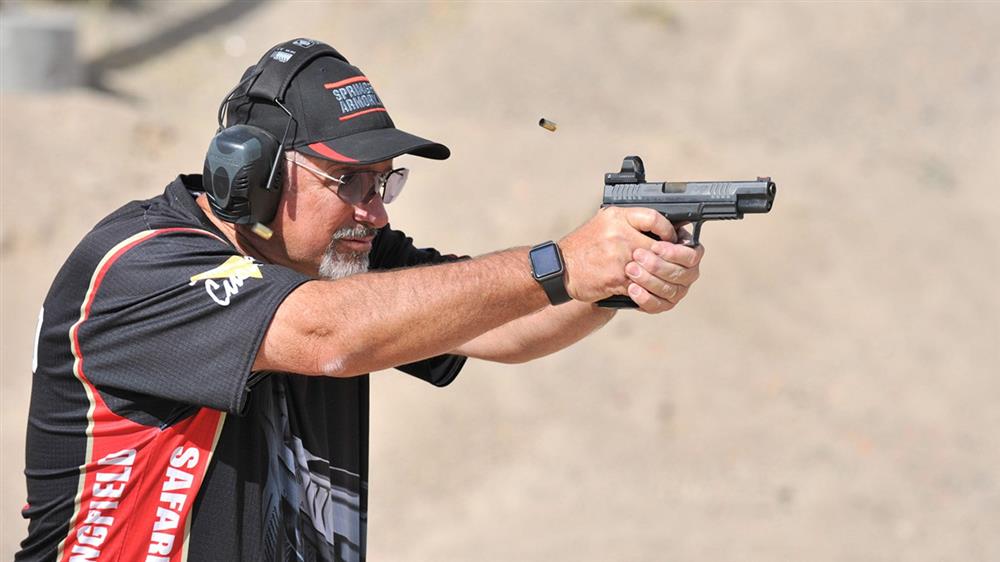
1. Get a Firm Grip
Most shooters are told to relax and not grip the pistol tightly. This is ok, if all you will ever fire is a .22, but even that gun is going to kick. You need to maintain a firm grip.
A new shooter or beginner may have better things on which to concentrate, but they need have a strong enough grasp to completely control their gun. If you’re an experienced shooter, you can just go ahead and ignore the “relax” part all together.
2. Lock Your Wrist
Many shooters have too much movement in their wrist. This leads to problems returning the gun to alignment and can cause you to move the gun out of alignment prematurely when trying to shoot fast.
Try to immobilize your wrist joint. Being too loose can, in extreme cases even cause weapon malfunctions. When trying to gain speed, the old adage “do not jerk the trigger” should be replaced with “do not move your wrist.”
Keep everything solid as if the gun was mounted in a vise.
3. Position the Gun so You can Reach the Trigger
The angle the gun sits in relation to your arm is not that important. Being able to place your finger properly on the trigger is.
Don’t try to align the barrel of the pistol with your arm. For me to reach most triggers, because of my short fingers, the gun actually points a little to the right or outside of the line of my forearm.
4. Two Hands are Better Than One
If you can get both hands on the gun, do it!
The whole point of a two-handed shooting stance is to create a triangle between your shoulders and the gun. Doing so allows the force of the gun to be transmitted through your torso, making recoil much easier to control.
5. Keep the Pressure
Do not vary the amount of pressure you exert on the gun when pulling the trigger. This will cause a shift in the gun’s alignment and start a whole avalanche of problems.
Keep it solid and consistent.
6. Practice a Firm Grip
Gripping properly will not just happen. I have to address this issue with many experienced, top-notch shooters. Most think it will just come with practice, but it doesn’t unless you think about it. One area that dry fire can really help is maintaining a tight grip while pulling the trigger.
It’s easy to pick up bad habits from dry firing, with no live fire to support the techniques being learned. If you never have to deal with effects of the gun firing, muzzle flip, and recoil, you will never learn how to control them.
In my three decades of training every level of shooter, I have seen only a handful that held on too tightly. On the flip side, I’ve seen hundreds that hold on too loosely.
Learn the hand positions and make yourself do them correctly. Remember, you will do whatever you teach yourself to do. Once you memorize a technique, good or bad, that is what is likely to occur when you shoot under pressure.
Make sure you are doing it correctly.


